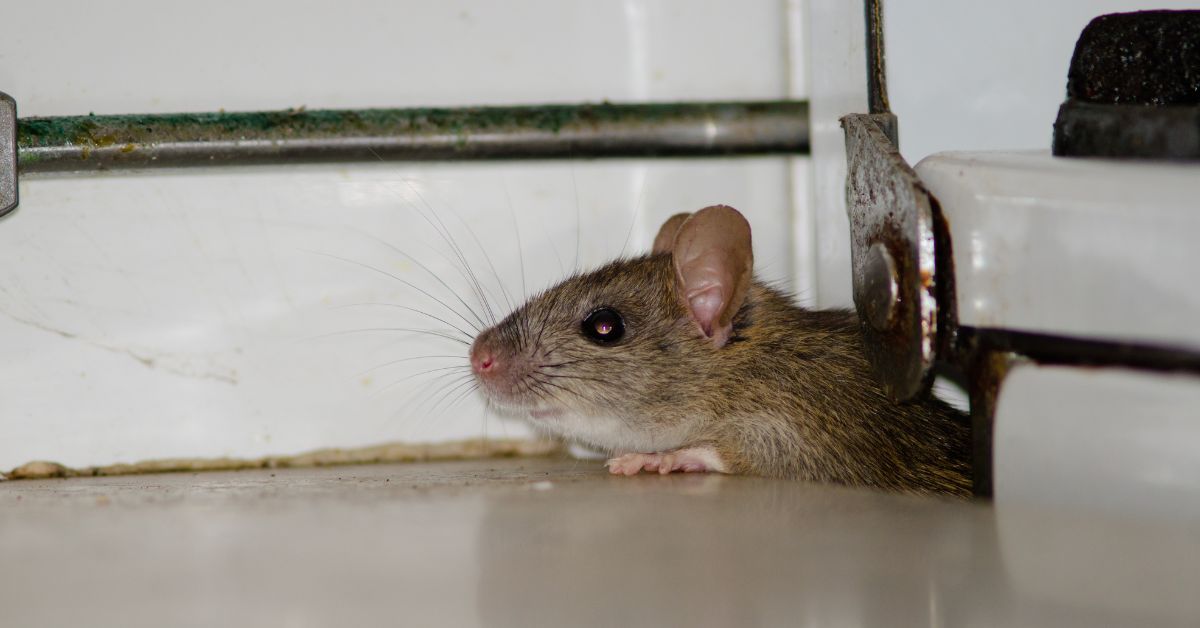Rodent Control Maintenance Schedule: Key Steps and Tips
Share
Understanding the importance of a structured rodent control maintenance schedule is crucial for maintaining a healthy and safe environment, whether at home or in a commercial setting. Rodents such as mice and rats can cause significant damage to property and pose health risks. Thus, implementing an effective maintenance schedule ensures you stay ahead of potential infestations.
The rodent control maintenance schedule involves regular inspections, preventive measures, and timely interventions. By embedding these practices into your routine, you can significantly reduce the chances of encountering rodent-related issues. This article will guide you through the essential steps and tips for creating and maintaining an effective schedule.

Why is a Rodent Control Maintenance Schedule Essential?
Rodents are more than just a nuisance; they are vectors for diseases and can cause considerable property damage. They chew on wires, wood, and even pipes, leading to costly repairs. A well-structured rodent control maintenance schedule helps you identify potential risks early and take proactive measures to mitigate them.
Moreover, maintaining such a schedule is not only about prevention but also about peace of mind. Knowing that your property is under a consistent monitoring and control regime alleviates the stress of unexpected infestations. It's a proactive approach that pays dividends in the long run.
Steps to Establish a Rodent Control Maintenance Schedule
1. Initial Inspection
The first step in any rodent control maintenance schedule is a thorough inspection. Look for signs of rodent activity such as droppings, gnaw marks, and nests. Inspect the exterior and interior of your property for potential entry points. Pay special attention to areas like basements, attics, and kitchens, which are common hotspots for rodents.
2. Sealing Entry Points
Once you've identified potential entry points, the next step is to seal them effectively. Use materials like steel wool, caulk, and metal mesh to block these entrances. Sealing entry points is crucial for preventing rodents from entering your property in the first place. For more insights on how to seal mouse holes effectively, visit this guide.
3. Regular Monitoring
Integrate regular monitoring into your rodent control maintenance schedule. Set up traps in strategic locations and check them frequently. Monitoring should be consistent, especially in areas previously affected by rodent activity. Using AI-based solutions can enhance monitoring efficiency. Learn more about AI-based solutions here.
4. Implementing Traps and Baits
When dealing with an existing rodent problem, traps and baits are essential tools. Choose between snap traps, electronic traps, or live traps based on your preference and the severity of the problem. Position them in areas with high rodent activity. Remember to use baits that are safe for your environment, especially if you have pets. For tips on safely using traps around pets, refer to this article.
Seasonal Adjustments in Your Rodent Control Maintenance Schedule
Different seasons can influence rodent behavior and activity. During colder months, rodents are more likely to seek shelter indoors, making it essential to strengthen your defenses. In contrast, warmer months might require less intensive monitoring but still demand vigilance.
Adjust your rodent control maintenance schedule to account for these seasonal changes. Regularly update your action plans and ensure all preventive measures are intact before the onset of each season.
Professional Help: When to Call the Experts
While a DIY approach can be effective, there are times when professional intervention is necessary. If you notice a significant infestation or persistent rodent issues despite following a rodent control maintenance schedule, consider hiring a pest control professional. They can provide tailored solutions and expert advice on managing rodent problems.
Professionals have access to advanced tools and techniques that can address severe infestations more effectively. For a comprehensive understanding of how to develop a robust rodent control plan, check out this resource.
FAQs
How often should I inspect my property for rodents?
It's advisable to inspect your property at least once a month. However, during peak seasons like winter, you may need to increase the frequency to bi-weekly inspections.
What are the signs of a rodent infestation?
Common signs include droppings, gnaw marks, nesting materials, and unusual noises within walls or ceilings. If you notice any of these, it's time to ramp up your rodent control efforts.
Can I handle rodent control myself, or do I need a professional?
While DIY methods can be effective for minor infestations, persistent or large-scale issues often require professional intervention. Professionals can provide more targeted and effective solutions.

Conclusion
A well-structured rodent control maintenance schedule is essential in safeguarding your property from potential rodent issues. By following the steps outlined in this article, you can create an effective regime that minimizes risks and keeps your environment safe and healthy. Remember, prevention is always better than cure, and staying proactive is the key to successful rodent management.
For more detailed information on natural ways to get rid of mice, visit this resource.
